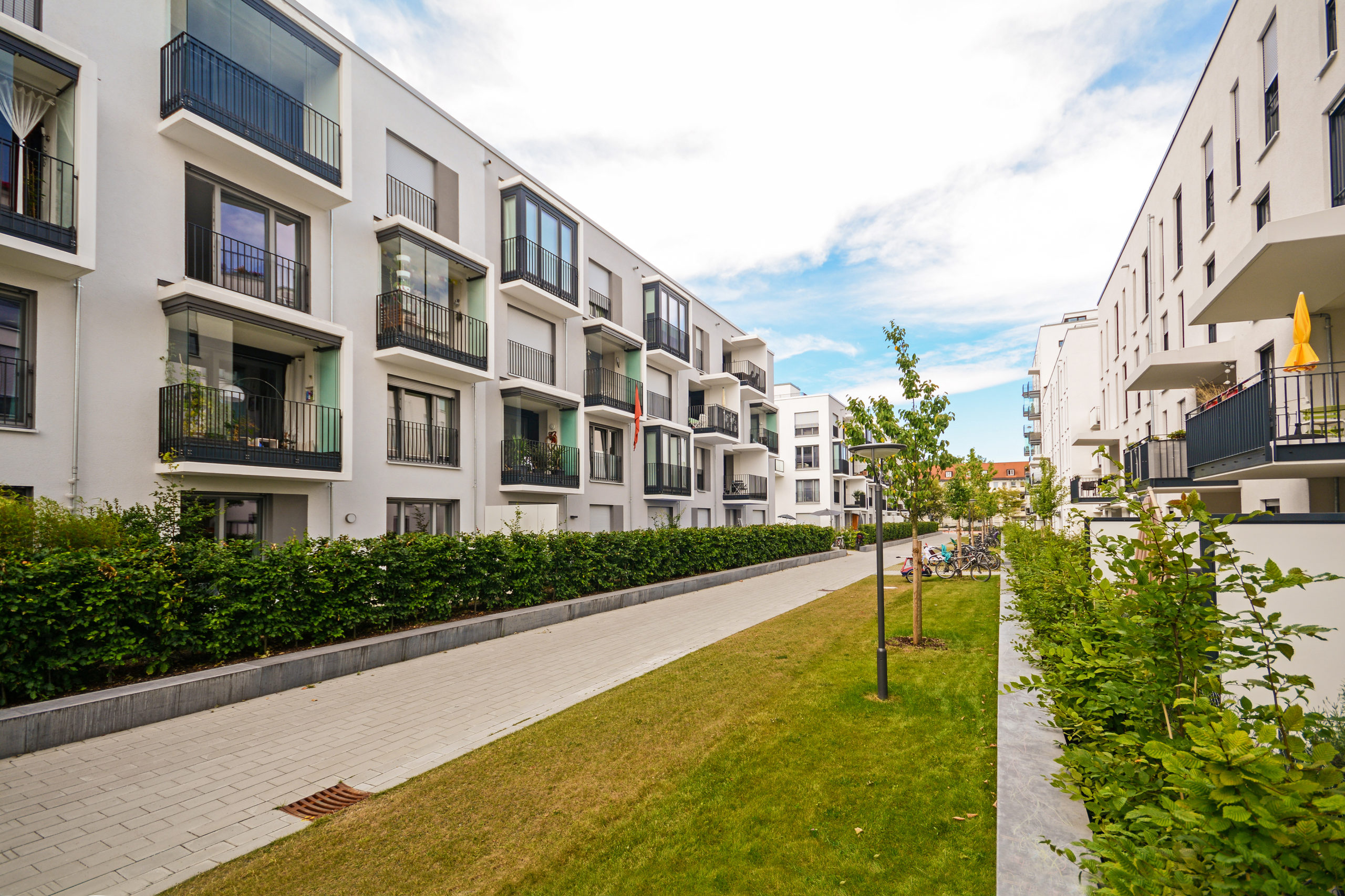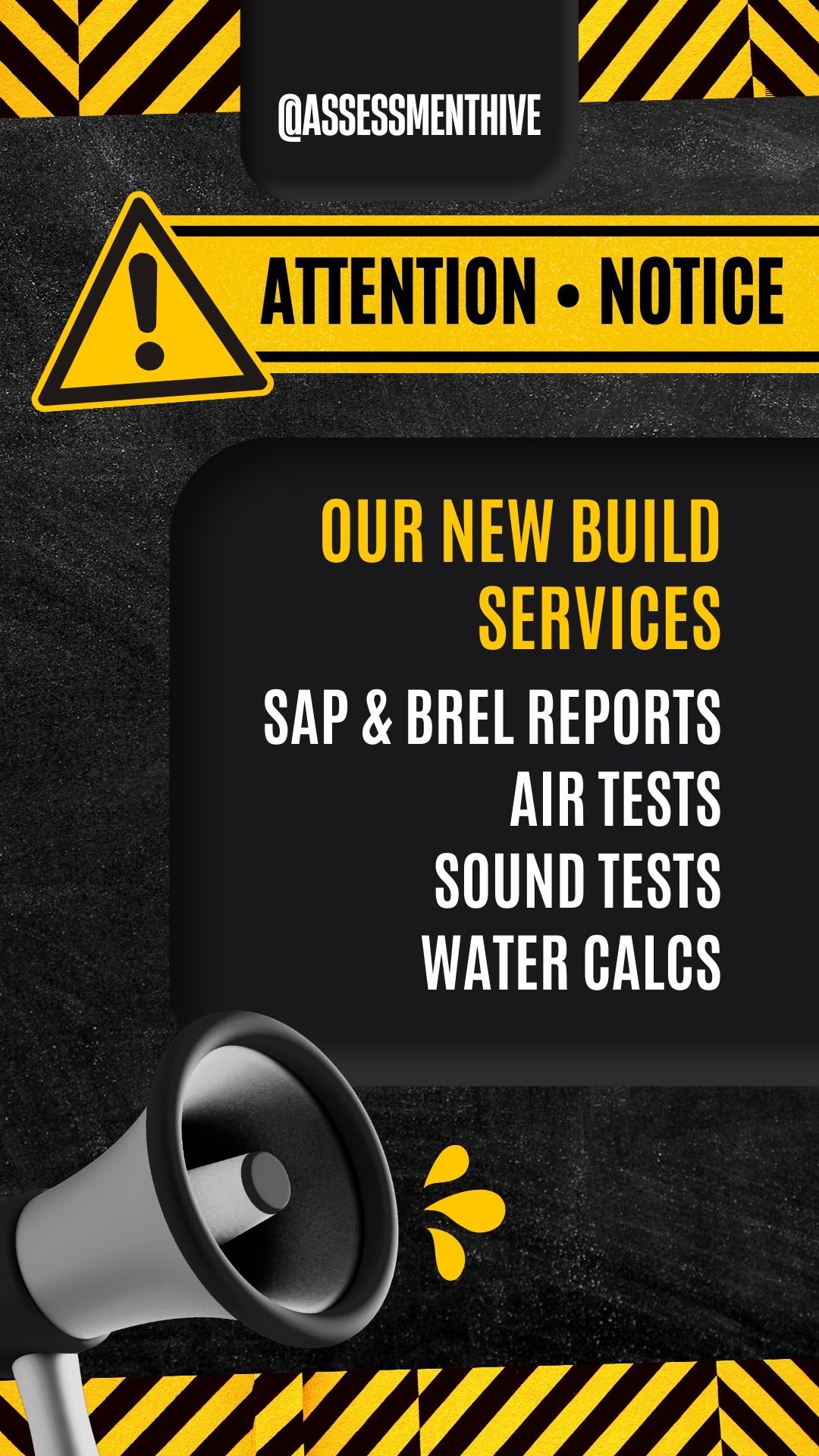Since the announcement of The Future Homes Standard in March 2019, we have all been waiting for clarification on exactly what this means. The Ministry of Housing, Communities & Local Government, or MHCLG, has finally published details on the scheme. Discussions about the UK heading towards zero-emission homes have been around for years, and it seems this is now becoming a reality.
The Future Homes Standard has set out to end gas heating in houses by 2025. The latest report has given details and clarity on what Future Homes will look like, and what this means for developers.
What Is The Future Homes Standard?
Back in 2019, MHCLG agreed that new properties in 2025 should have 75-80% less carbon emissions than the current standards. Because of the emissions involved, they will phase out traditional fossil fuels. Developers should replace these with heating that uses heat pumps and heat networks.
The latest Future Homes report confirms that this will be the expected standard for all new homes built from 2025. The MHCLG issued a timeline for Future Homes, so developers have a clear understanding of when the changes come into effect;
- January 2021: MHCLG published the Future Homes Building Standards consultation
- December 2021: They will publish the Interim Part F + L and Overheating regulations
- June 2022: These new interim regulations take effect
- Spring 2023: Future Homes Standard consultation
- 2024: The Future Homes Standard will be published
- 2025: The Future Homes Standard will come into force.
Interim Changes
As the timeline shows, interim regulations are coming into effect in June 2022. This is so that the transition to Future Homes Standard can go as smoothly as possible. The interim changes to Part L standards include;
- Energy Efficient Standards. MHCLG previously proposed that they would scrap the Fabric Energy Efficiency Standard (FEES). Because of much criticism, MHCLG has gone back on this decision and FEES remains in Part L 2021. They will use Carbon Energy, Carbon Emissions, and Fabric Energy Emissions to ensure properties are meeting standards.
- Minimum Standards For Thermal Elements. Because MHCLG is still using FEES, they have set new minimum standards for fabric and services. There are also new standards for heat pumps and light fittings.
- Airtightness. Every new home will be required to have an airtightness test. Because previously small sites have been exempt, experts expect there will be an increase of 14% in airtightness tests.
- Photographic Evidence Of Construction. A new industry standard report, called Building Regulations England Part L (BREL), requires that developers provide photographic evidence of construction to building control bodies, homeowners and OCDEAs. Developers must photograph various aspects of the building during the building process.
- Transitional Arrangements. Because so many new regulations are coming into force with Future Homes, transitional arrangements need to be in place. Currently, entire sites can are using old regulations because the developer started one plot within a year of the application. This means many developers are building homes to old specifications.
Going forward, any plot that has not started construction within a year of application will need to use the most recent standards, regardless of the rest of the site.
In addition to this page, you may be interested in SAP Calculations.







